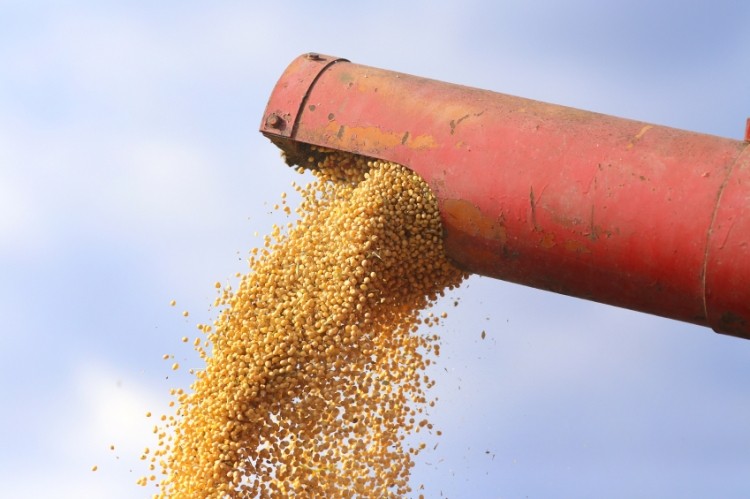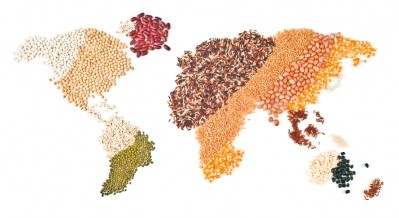Industry board aims to ensure US soy remains competitive

The United Soybean Board (USB) said the overall goal of its plan for the sector from 2017 through to 2022 is to maximize profit and opportunities for soybean farmers amid an increasingly competitive animal feed landscape.
The animal agriculture industry is US soy’s biggest customer, accounting for 97% of the domestic consumption of soy meal.
The Board’s blueprint for the future also prioritizes the use of improved seed varieties, new production techniques and taking advantage of ‘big data’ to improve growers’ earnings.
At the top of the priorities list is a program of outreach to soy farmers regarding bean type selection and engagement with livestock and aquaculture producers, looking at ways to offer them a better and cheaper product, said David Hartke, a director with the board.
He said the USB wants growers to raise higher quality soybeans, including strains that offer high oleic yield to increase soy’s share of the edible-oil market and produce more protein when crushed.
As a swine producer, Hartke told FeedNavigator that he looks for value and quality in terms of feed, and that’s what the group is endeavoring to educate farmers about.
“The higher the value of the soybean meal the less likely I’m to use something else,” said Hartke “I’d love to go back to the days of corn and soybean meal and not worry about other coproducts in the diet.”
New soybean strains
The USB has a committee dedicated to researching new soybean strains: “We’re going to put more emphasis on soybean production research and genomics. We want them [farmers] to grow high oleic soybeans and [we] want to concentrate on varieties that have a high protein and high amino acid content for the [livestock] producers,” he said.
A variety of soybean that produces the high oleic yield has already been released in certain areas of the US. It is being grown in several states including Ohio and Indiana but isn’t available everywhere yet.
“We have to make sure we have the demand, but we are making progress toward getting more of those beans raised and produced,” said Hartke.
Increased demand for soy oil, should lead to increased crush and a lower price for meal, he said.
The USB’s plant is also focused on improvements that are needed in transportation infrastructure and on ensuring that definition of US soybean meal and oil used in the soy value chain are accurate.
Jared Hagert, USB vice chair, said. “The nine central goals of the plan focus on the areas that stand to bring the most value to US soybean farmers, and we worked with others throughout the US soy value chain – state soybean boards, land-grant universities, extension, processors, buyers and customers – to ensure we’re all aligned for the good of the industry.”










